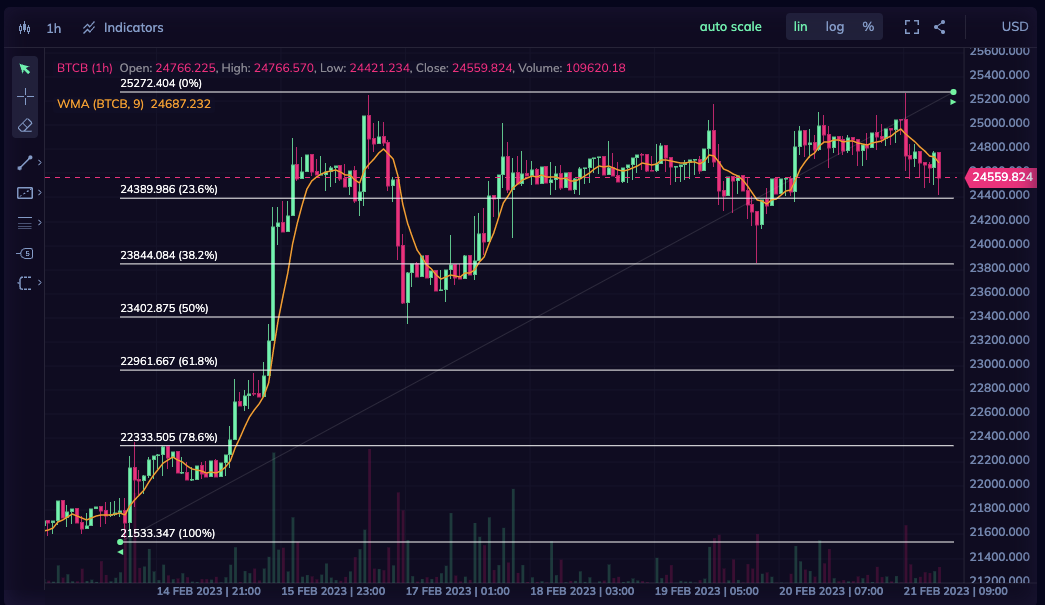How does a liquidity pool work on a decentralized exchange?
A liquidity pool is a reserve of cryptocurrency funds that is used to facilitate trading on a DEX. Unlike centralized exchanges, which rely on a single entity to manage trades, DEXs operate on a peer-to-peer basis.

Decentralized exchanges (DEXs) are an increasingly popular type of exchange in the world of cryptocurrency. Unlike centralized exchanges, which rely on a single entity to manage trades, DEXs operate on a peer-to-peer basis, allowing users to trade cryptocurrencies directly with one another. One of the key components of a DEX is a liquidity pool, which plays a critical role in ensuring that trades can be executed quickly and efficiently.
What is a Liquidity Pool?
A liquidity pool is a reserve of cryptocurrency funds that is used to facilitate trading on a DEX. In order to create a liquidity pool, users deposit their cryptocurrency into a smart contract, which then issues a new type of token that represents the user's share of the pool. For example, if a user deposits 1 ETH into a liquidity pool that has a total of 10 ETH, the smart contract would issue the user 10% of the total pool, or 0.1 ETH worth of tokens.
How Does it Work?
When a user wants to execute a trade on a DEX, they can do so by swapping one cryptocurrency for another. In order to make this trade, the DEX needs to have enough of each cryptocurrency in its liquidity pool to satisfy the trade. For example, if a user wants to trade 1 ETH for 100 USDT, the DEX needs to have enough ETH and USDT in its liquidity pool to execute the trade.
If the DEX has enough liquidity in its pool, the trade can be executed almost instantaneously. The smart contract behind the liquidity pool automatically adjusts the pool's reserves based on the trade, ensuring that the pool remains balanced and that the value of the tokens remains stable.
However, if the DEX does not have enough liquidity in its pool, the trade cannot be executed. In this case, the trade is held in a queue until enough liquidity is added to the pool to execute the trade. This can sometimes result in longer wait times and higher transaction fees for users.
Risks and Rewards
Like any investment, there are risks and rewards associated with participating in a liquidity pool. One of the key risks is impermanent loss, which occurs when the price of one cryptocurrency in the pool changes relative to the other cryptocurrency. This can result in a loss of funds for liquidity providers who have deposited both cryptocurrencies into the pool.
However, there are also potential rewards for participating in a liquidity pool. For example, users can earn fees for providing liquidity to the pool. When trades are executed on the DEX, a small percentage of the trade value is taken as a fee and distributed to the liquidity providers in proportion to their share of the pool.
The Future of Liquidity Pools
Liquidity pools are a critical component of DEXs, and are likely to play an increasingly important role in the world of cryptocurrency as a whole. As the cryptocurrency market continues to grow and mature, more users are expected to participate in liquidity pools, creating a larger and more robust ecosystem for decentralized trading.
However, as with any investment in the world of cryptocurrency, it is important for users to do their own research and carefully evaluate the risks and rewards associated with participating in a liquidity pool on a decentralized exchange.




